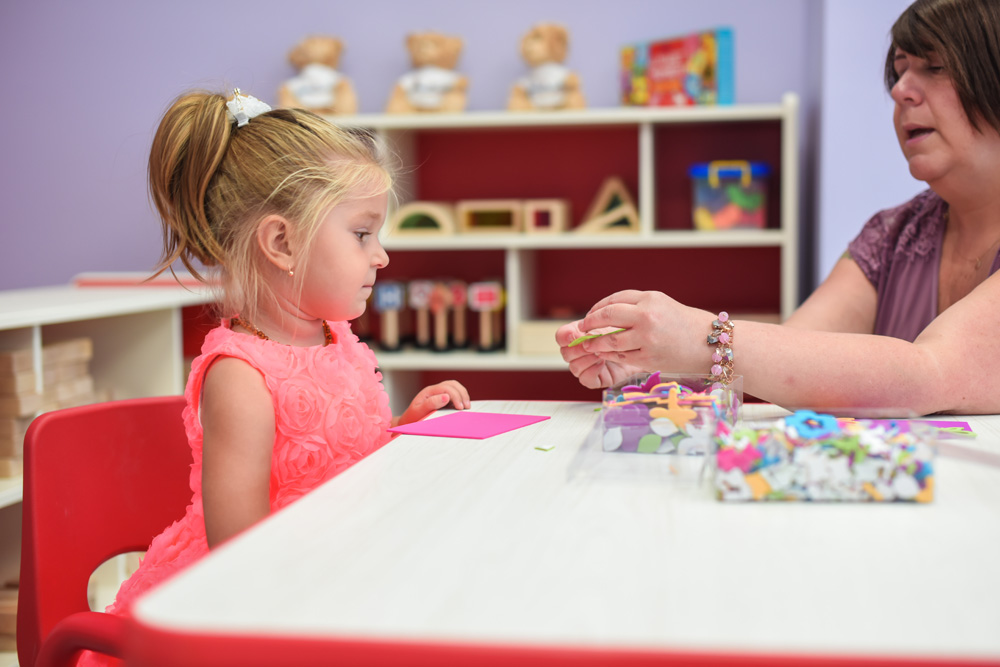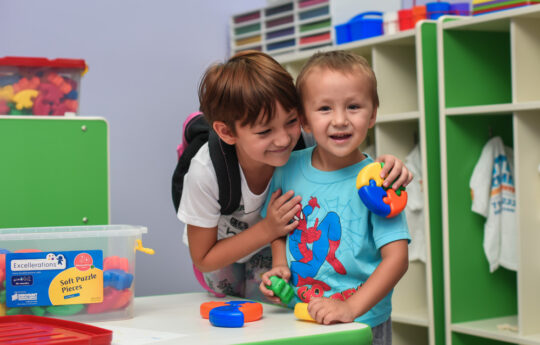
Share is defined Oxford Dictionary as:
“A part or portion of a larger amount that is divided among a number of people or to which a number of people contribute.”
Teaching children to share is important, nay, vital for early child development and it supplies children with integral knowledge, necessary for building the social skills they will need throughout their life. Children need to learn cooperative play, which can help them communicate and develop relationships early on. Teaching children to share should provide the necessary tools needed for developing a sense of trust in others.
For example: A child needs to feel safe enough to give away his possessions for a period of time and trust that he will get them back safely and in a timely manner. However, making the child give away his things by force may feel upsetting to the child and in return he may want to hold on to his belongings beyond reason. Bottom Line: Sharing promotes trust; communication; friendship; happiness; as well as self-regulatory and adaptive skills. We just need to remember to be mindful of the frequency of the request (asking the child to share) and the tone in which we suggest it.
But, let’s looks at the less euphoric view of sharing. Can constantly asking children to share lead to something negative? How much is too much? And, is too much sharing a real problem that parents and teachers should take into consideration? Let’s stop and ask ourselves one important question. How many times have I heard or engaged in this:
Child: Its mine!
Adult: Share
Child: No, its mineeeeee!!!!!!
Adult: You have to share!
Child: Noooooooo!
So, now what?
Do you allow the child to claim ownership over this particular item or do you force him to share? My answer: Try finding a balance in developing both skills; teaching the child to share; as well as giving the child the opportunity to keep his belongings in his possession. While developing ownership over toys it would be beneficial to provide the opportunity to not only give away the child’s toys but exchanging toys between children. Allowing children to partake in the giving and taking of items while engaging children in cooperative, constructive play with peers. Explaining to children in the most comforting, child-friendly way.
So, the above-mentioned conversation can sound like this…
Child: It’s mine!
Adult: Yes, it’s yours but your friend wants to play with it too.
Child: No. It’s mine!
Adult: It is yours, but you can play with your friend’s toy and he can play with yours.
Nowhere in this dialogue do you see those trigger words; share; you have to; give it to him; etc.
Keep the conversation child friendly and you’ll get the results you want. And sometimes, it’s okay to say “it’s yours, you don’t have to share”. Find the middle ground that works best for you and your child. Offering children a choice goes a long way. You will be amazed at how many times they will do exactly what you wanted them to do in the first place, without too much of a fight.

